The History of the Boston Symphony Orchestra

A Brief History of the Boston Symphony Orchestra
Now in its 144th season, the Boston Symphony Orchestra gave its inaugural concert in 1881, realizing the dream of its founder, the Civil War veteran/businessman/philanthropist Henry Lee Higginson, who envisioned a great and permanent orchestra in his hometown of Boston. Today the BSO reaches millions of listeners through not only its concert performances in Boston and at Tanglewood, but also via the internet, radio, television, educational programs, recordings, and tours.
In May 2013, the Boston Symphony Orchestra began a new chapter in its history when the internationally acclaimed young Latvian conductor Andris Nelsons was announced as the BSO’s next music director, a position he took up in the 2014-15season. Now in his tenth season as BSO Music Director, Maestro Nelsons has led the BSO in Grammy Award-winning recordings and on notable tours. He initiated a historic alliance between the BSO and the Gewandhausorchester Leipzig, of which he became Gewandhauskapellmeister in 2018.
The Boston Symphony Orchestra commissions works from today’s most important composers; its summer season at Tanglewood is among the world’s most important music festivals; it helps develop future audiences through BSO Youth Concerts and educational outreach programs involving the entire Boston community; and, during the Tanglewood season, it operates the Tanglewood Music Center, one of the world’s premier training grounds for young professional-caliber musicians. The Boston Symphony Chamber Players, made up of BSO principals, are known worldwide, and the Boston Pops Orchestra sets an international standard for performances of lighter music.
In addition to its website, bso.org, the BSO is also on Facebook, Twitter, and Instagram, and video content from the orchestra is available on YouTube. An expansion of the BSO’s educational activities has played a key role in strengthening the orchestra’s commitment to, and presence within, its surrounding communities. Through its Education and Community Engagement programs, the BSO provides individuals of all backgrounds the opportunity to develop and build relationships with the BSO and orchestral music. In addition, the BSO offers a variety of free educational programs at Symphony Hall and Tanglewood, as well as special initiatives aimed at attracting young audience members.
The Boston Symphony Orchestra gave its inaugural concert on October 22, 1881, under Georg Henschel, who remained as conductor until 1884. For nearly twenty years, BSO concerts were held in the old Boston Music Hall; Symphony Hall, now one of the world’s most revered concert halls, opened on October 15, 1900. Henschel was succeeded by the German-born and -trained conductors Wilhelm Gericke, Arthur Nikisch, Emil Paur, Max Fiedler, and the legendary Karl Muck, who served two tenures, 1906-08 and 1912-18. In 1915 the orchestra made its first transcontinental trip, playing thirteen concerts at the Panama-Pacific International Exposition in San Francisco. Henri Rabaud, engaged as conductor in 1918, was succeeded a year later by Pierre Monteux. These appointments marked the beginning of a French tradition maintained, even during the Russian-born Serge Koussevitzky’s tenure (1924-49), with the employment of many French-trained musicians.
In 1936 Koussevitzky led the orchestra’s first concerts in the Berkshires; he and the players took up annual summer residence at Tanglewood a year later. Koussevitzky passionately shared Major Higginson’s dream of “a good honest school for musicians,” and in 1940 he founded the Berkshire Music Center (now called the Tanglewood Music Center). In summer 2019 educational offerings at Tanglewood were expanded via the inaugural season of the Tanglewood Learning Institute in the new Linde Center for Music and Learning, a four-building, multi-use complex that also provides additional concert and rehearsal space for the Tanglewood Music Center.
Koussevitzky was succeeded in 1949 by Charles Munch, who led the BSO on its first international tours. In 1956 the BSO was the first American orchestra to tour the Soviet Union. Erich Leinsdorf followed Munch in 1962; William Steinberg began his relatively brief tenure in 1969. Seiji Ozawa became the BSO’s thirteenth music director in 1973. His historic twenty-nine-year tenure extended until 2002, when he was named Music Director Laureate. In 1979, the BSO, under the direction of Seiji Ozawa, was the first American orchestra to tour mainland China after the normalization of relations. The first American-born conductor to hold the position, James Levine was the BSO’s music director from 2004 to 2011.
Today, the Boston Symphony Orchestra continues to fulfill and expand upon the vision of its founder Henry Lee Higginson, to bring a world-class musical experience to the people of Boston.
Photo: Composite photograph of conductor Georg Henschel and the BSO during its inaugural season in 1882 (James Notman)
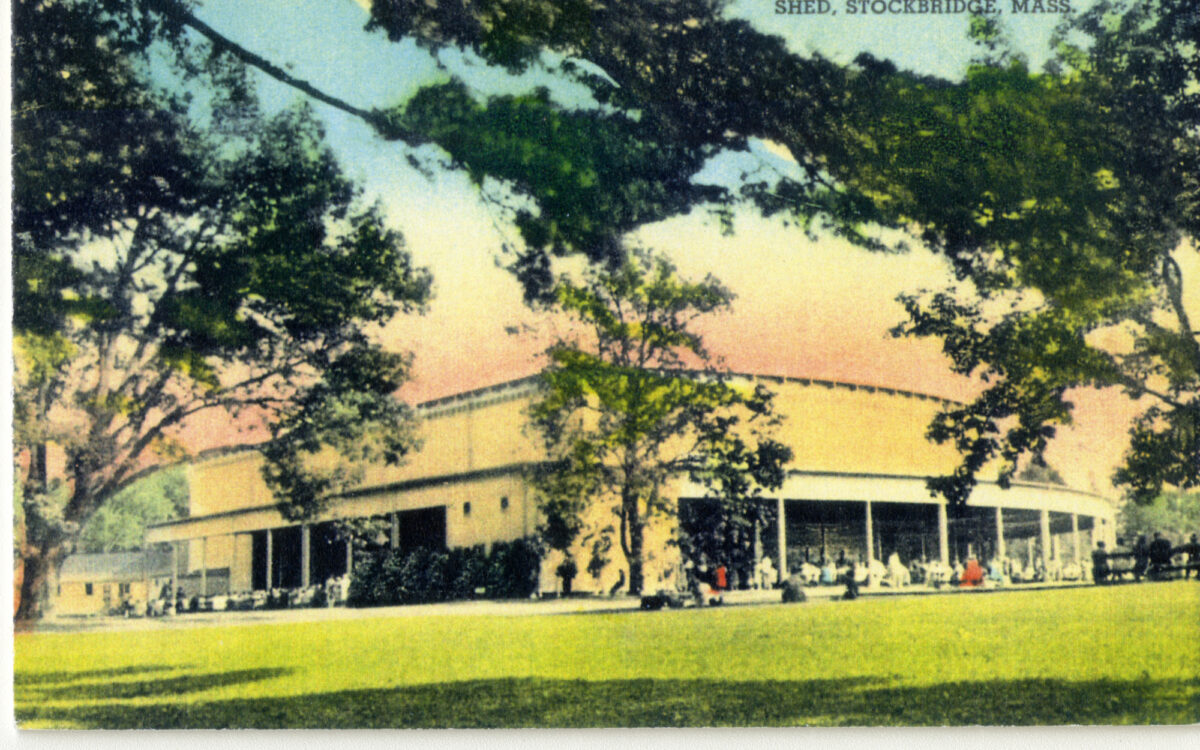
Tanglewood Online Exhibits
Explore Tanglewood's rich history through these special archival exhibits.
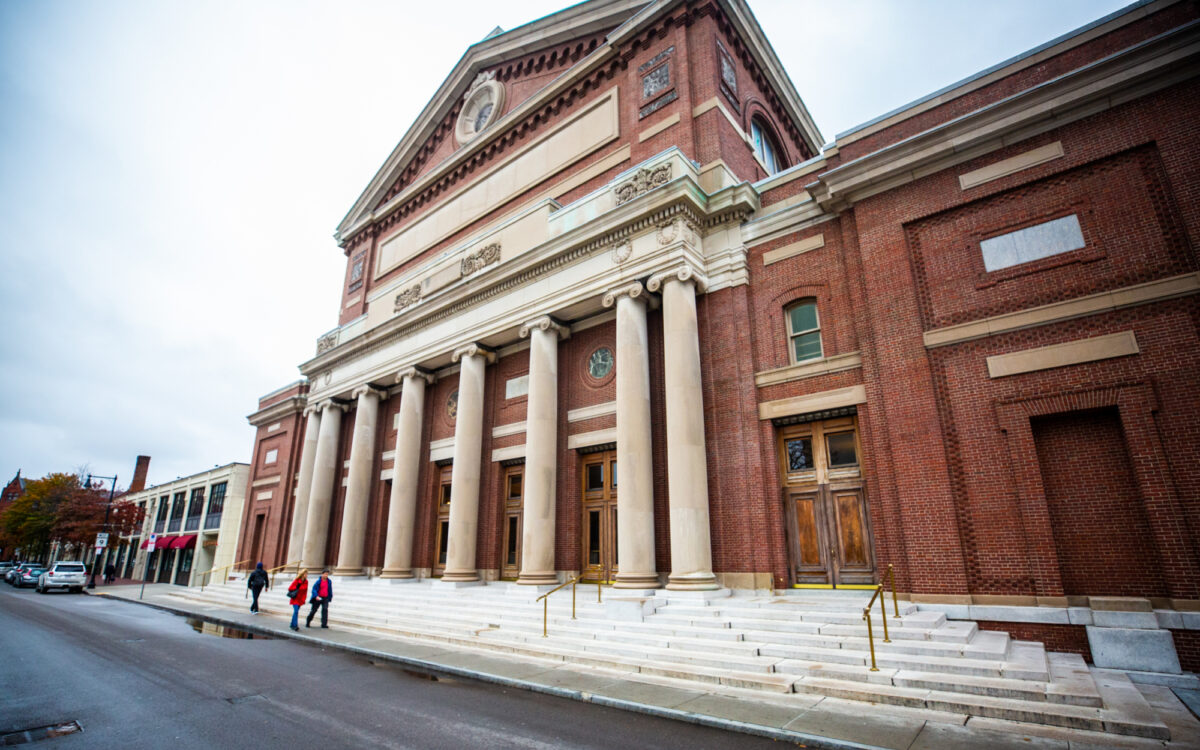
Symphony Hall Online Exhibits
An online companion to archival exhibits currently or previously featured in Boston's Symphony Hall
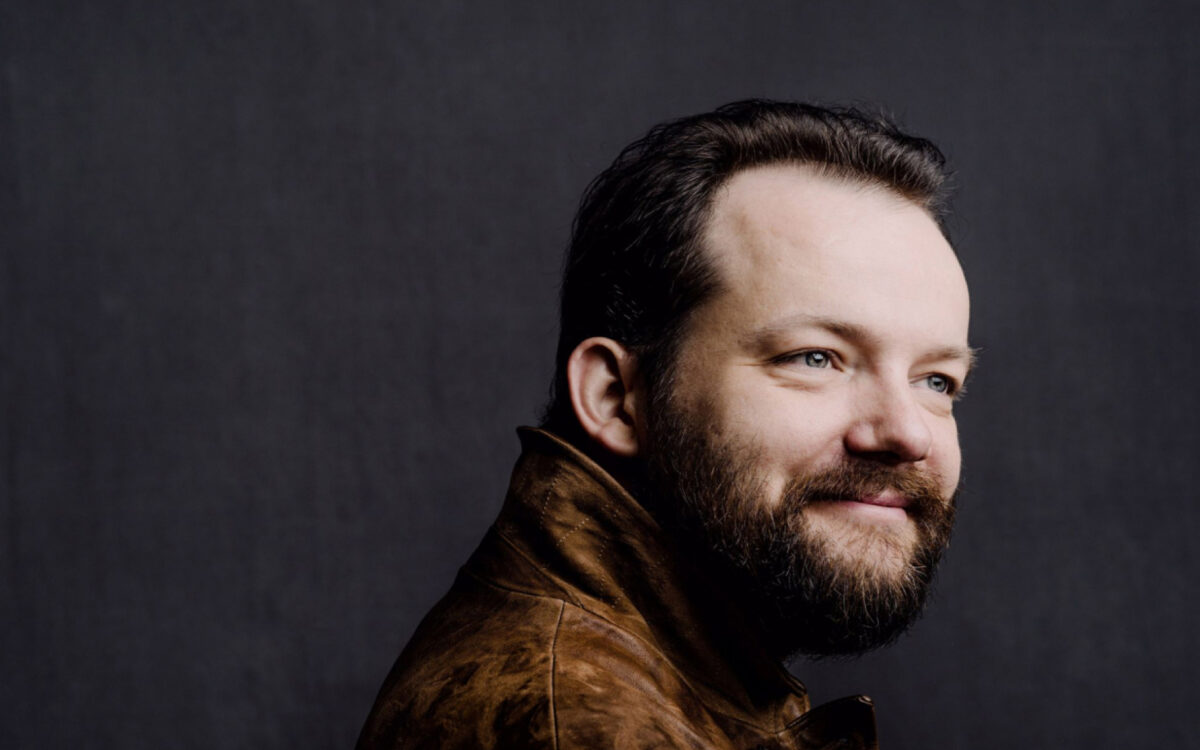
BSO Music Directors
From the orchestra's founding in 1881, Henry Lee Higginson built the BSO upon musical traditions he learned to love as a student in Vienna.
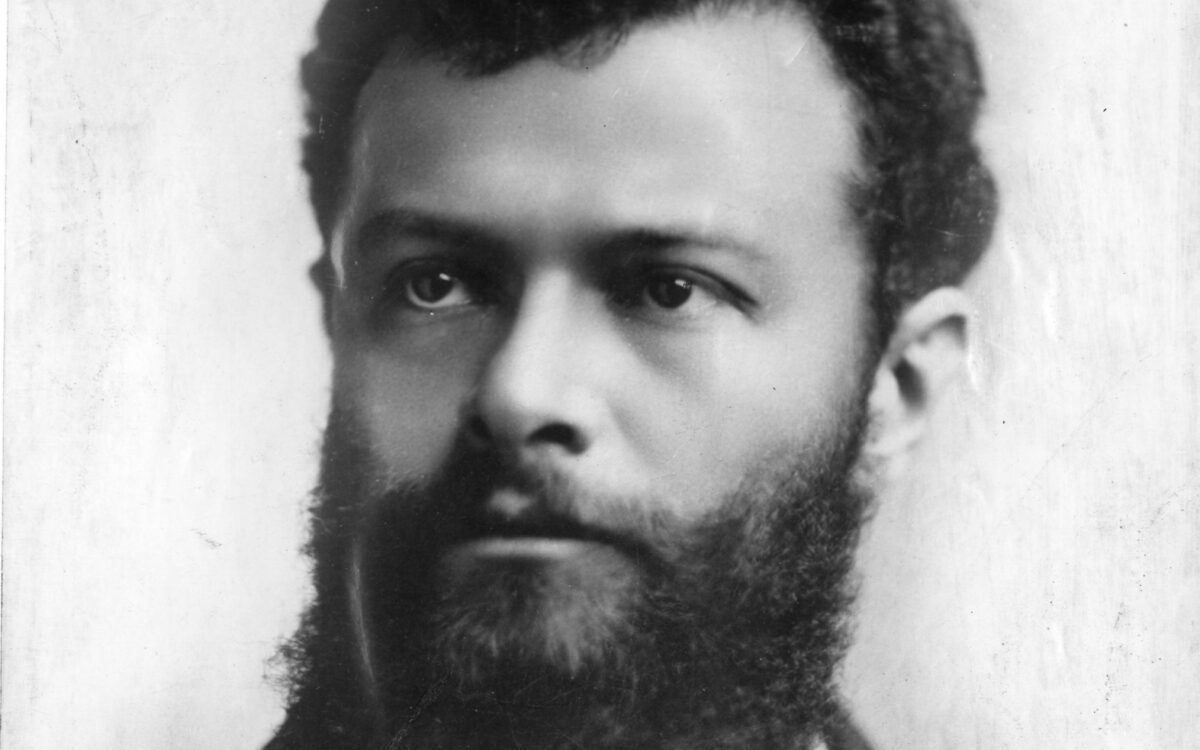
Georg Henschel, the First BSO Conductor
Learn more about Georg Henschel, who led the BSO through its first three seasons.
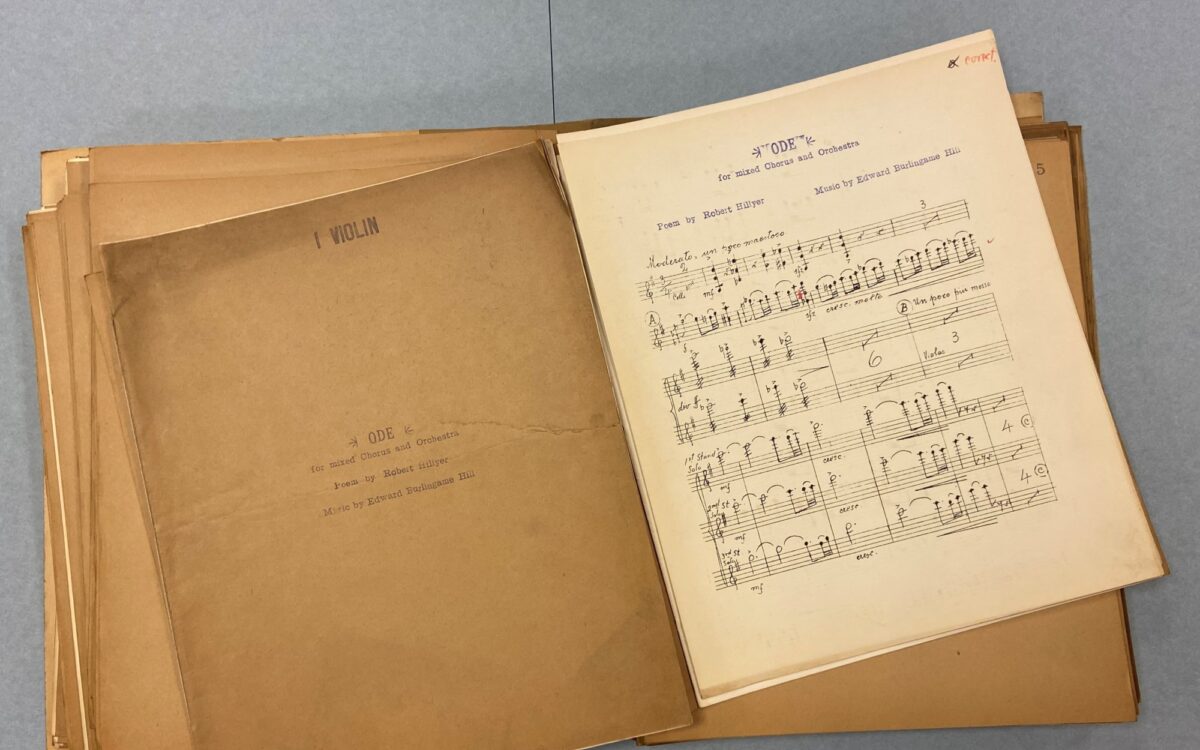
BSO Commissions
Since 1930, the BSO has commissioned new works to support contemporary composers and give audiences the thrilling experience of hearing brand new music.

History of Symphony Hall
Symphony Hall opened on October 15, 1900, with an inaugural gala led by music director Wilhelm Gericke.
